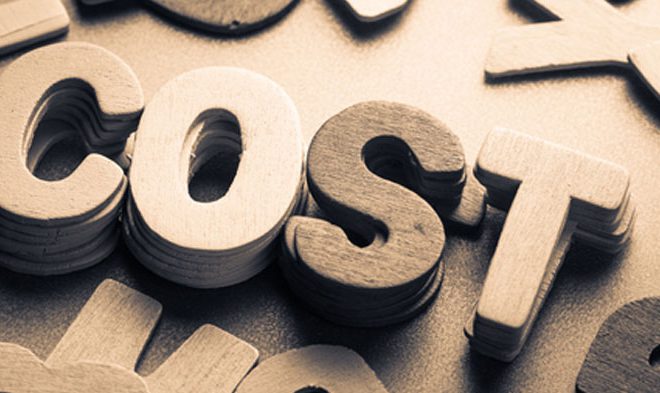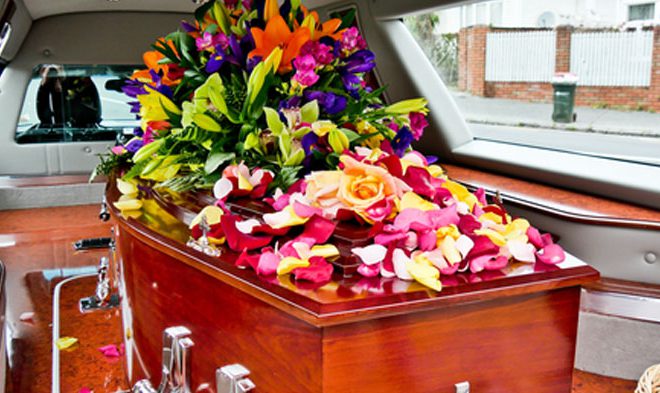Making sure your medical aid fits into your budget
1. Research different schemes to find the one that will fit your and your beneficiaries’ needs at the lowest price – you don’t want to be stuck with a scheme where you are paying for services that you don’t need.
2. Review your medical aid regularly: your circumstances may have changed over time and your current scheme may not be benefitting you anymore.
3. Make sure your spouse and children are part of the same scheme as you. Under a certain age your children can be on the same scheme as you, each scheme has a different policy in regards to how old your children can be so research this too. By having a single membership your fees will be lower.
4. If you are on chronic medication, make sure that the scheme you are on will cover the costs. If not, speak to your doctor and see if there is a generic of the medication, covered by medical aid, which you can use.
5. If being on medical aid is too expensive, rather opt for a hospital plan. This is a cheaper option and you will still be covered if you land up in hospital. Even saving a little bit every month can go a long way in the even of a medical emergency.
6. If your policy provides the benefit of a medical savings account, when it is finished, make sure you still send your receipts to your medical aid. This way they will know when you have finished your self-payment gap so your medical aid can kick in again.
Don’t take the risk of believing that you and your family are immune from something happening, whether it is getting sick or being in an accident. Rather cut down on expenditures such as clothes or going out for meals because at the end of the day, your family’s medical well-being should be at the top of your list.
The MoneyShop Team




